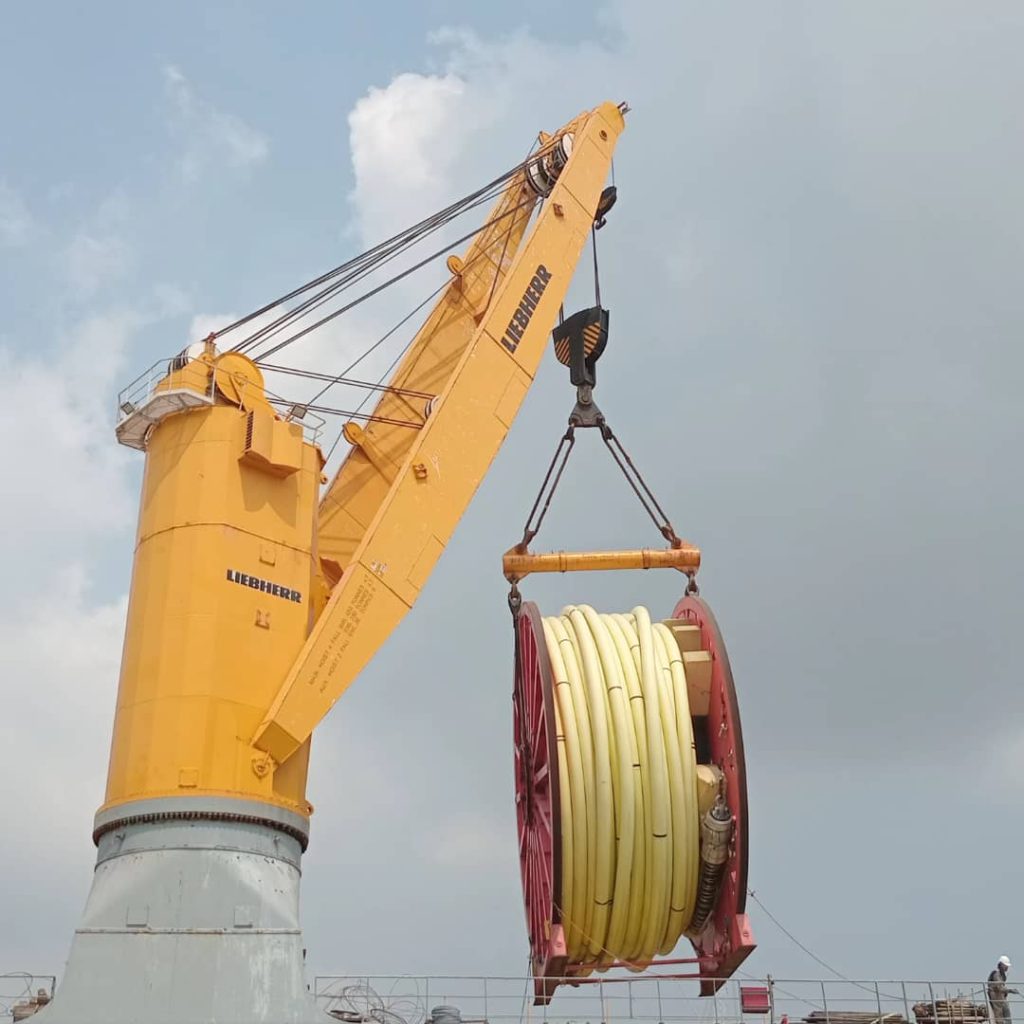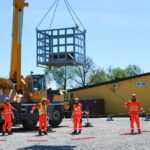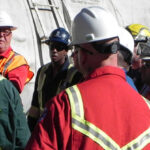
There are far too many serious incidents and accidents during rigging and lifting operations in onshore and offshore environments. Preventing these accidents during lifting operations is therefore crucial for ensuring the safety of personnel. This blog topic highlights the various measures for preventing accidents during lifting operations.
1. Proper Planning and Risk Assessment
– Conduct a thorough risk assessment before starting any lifting operation.
– Identify potential hazards (e.g., unstable loads, overhead obstacles, or poor weather conditions).
– Plan the lift, including the route, load description, equipment, and personnel required.
2. Use Appropriate Lifting Equipment
– Ensure the lifting equipment (cranes, lifting gears, etc.) is suitable for the load and task.
– Regularly inspect and maintain the lifting equipment to ensure it is in good working condition.
– Follow the crane manufacturer’s guidelines for load capacity and usage.
3. Training and Certification of personnel
– Only trained and certified personnel should operate lifting equipment.
– Provide regular refresher training to keep skills up to date.
– Ensure operators understand the equipment’s limitations and safety protocols.
4. Inspect Equipment Before Use
– Perform pre-use checks on all lifting equipment, including slings, shackles and crane.
– Look for signs of wear, damage, or corrosion.
– Remove defective lifting equipment from service immediately.
5. Secure the Load Properly
– Ensure the load is balanced and securely attached to the lifting equipment.
– Use appropriate rigging techniques and equipment (e.g., slings, shackles, or spreader bars).
– Avoid overloading the equipment.
6. Clear Communication
– Use clear and standardized hand signals or radios for communication between the crane operator and banksman.
– Designate a signal person if the operator’s view is obstructed.
– Establish an emergency stop signal.
7. Maintain a Safe Work Area
– Barricade the lifting area to keep unauthorized personnel out.
– Ensure the ground is stable and capable of supporting the equipment and load.
– Watch for overhead hazards like power lines or structures.
8. Monitor Weather Conditions
– Avoid lifting operations in adverse weather conditions (e.g., high winds, rain, or lightning).
– Assess the impact of weather on the stability of the load and lifting equipment.
9. Follow Safety Regulations and Standards
– Adhere to local and international safety standards (e.g., OSHA, ISO, or LOLER).
– Ensure compliance with workplace safety policies and procedures.
10. Use Personal Protective Equipment (PPE)
– Ensure all workers involved in the operation wear appropriate PPE, such as helmets, gloves, and safety boots.
– Use fall protection equipment if working at heights.
11. Emergency Preparedness
– Have an emergency response plan in place for accidents or equipment failure.
– Ensure workers know how to respond in case of an incident.
12. Supervision and Monitoring
– Assign a competent person to supervise lifting operations.
– Regularly monitor the work to ensure safety procedures are followed.
By implementing these measures, accidents can be significantly prevented during lifting operations and thereby creating a safer work environment.
Primelift Safety Resources Limited offers various trainings in rigging and lifting operations.
Call us on +234 9115687051. Email us on training@primeliftsafetyng.com
www.primeliftsafetyng.com










